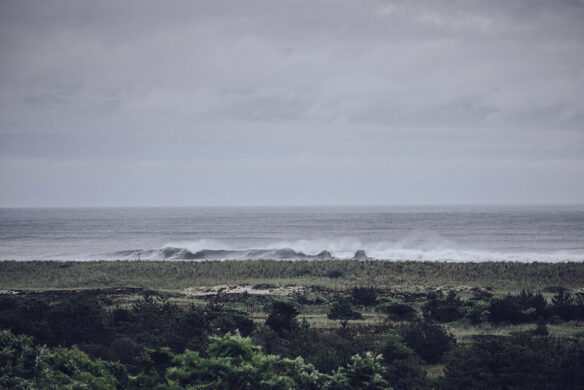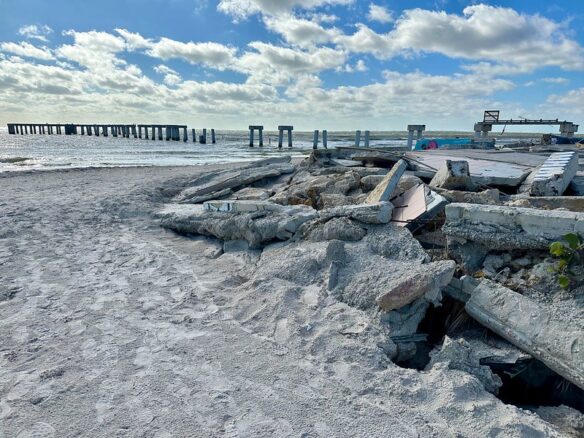Excerpt:
UN-developed Marine Sand Watch estimates 6bn tonnes dug up a year, well beyond rate at which it is replenished.
One million lorries of sand a day are being extracted from the world’s oceans, posing a “significant” threat to marine life and coastal communities facing rising sea levels and storms, according to the first-ever global data platform to monitor the industry.
The new data platform, developed by the UN Environment Programme (Unep), tracks and monitors dredging of sand in the marine environment by using the AIS (automatic identification systems) data from ships. Using data from 2012-19, Marine Sand Watch estimates the dredging industry is digging up 6bn tonnes of marine sand a year, a scale described as “alarming”. The rate of extraction is growing globally, Unep said, and is approaching the natural rate of replenishment of 10bn to 16bn tonnes of sand flowing into the sea from rivers and needed to maintain coastal structure and ecosystems.
The platform has identified “hotspots” including the North Sea, south-east Asia and the east coast of the United States as areas of concern. In many places where extraction is more intense, including parts of Asia, marine sand is being extracted well beyond the rate at which it is being replenished from rivers.
“The scale of environmental impacts of shallow sea mining activities and dredging is alarming, including biodiversity, water turbidity, and noise impacts on marine mammals,” said Pascal Peduzzi, the director of GRID-Geneva at Unep.
“This data signals the urgent need for better management of marine sand resources and to reduce the impacts of shallow sea mining,” he said. “Unep invites all stakeholders, member states and the dredging sector to consider sand as a strategic material, and to swiftly engage in talks on how to improve dredging standards around the world.”
Developed by GRID-Geneva, a centre for analytics within Unep, Marine Sand Watch has trained artificial intelligence to identify the movement of dredging vessels from its AIS data. It has data from 2012-19 from Global Fishing Watch, a company set up to track commercial fishing activities using AIS data from fishing vessels, but is working on more recent data.
Sand and gravel makes up half of all the materials mined in the world. Globally, 50bn tonnes of sand and gravel are used every year – the equivalent of a wall 27 metres high and 27 metres wide stretching round the equator. It is the key ingredient of concrete and asphalt.
“Our entire society is built on sand, the floor of your building is probably concrete, the glass on the windows, the asphalt on roads is made of sand,” said Peduzzi. “We can’t stop doing it because we need lots of concrete for the green transition, for wind turbines and other things…”









